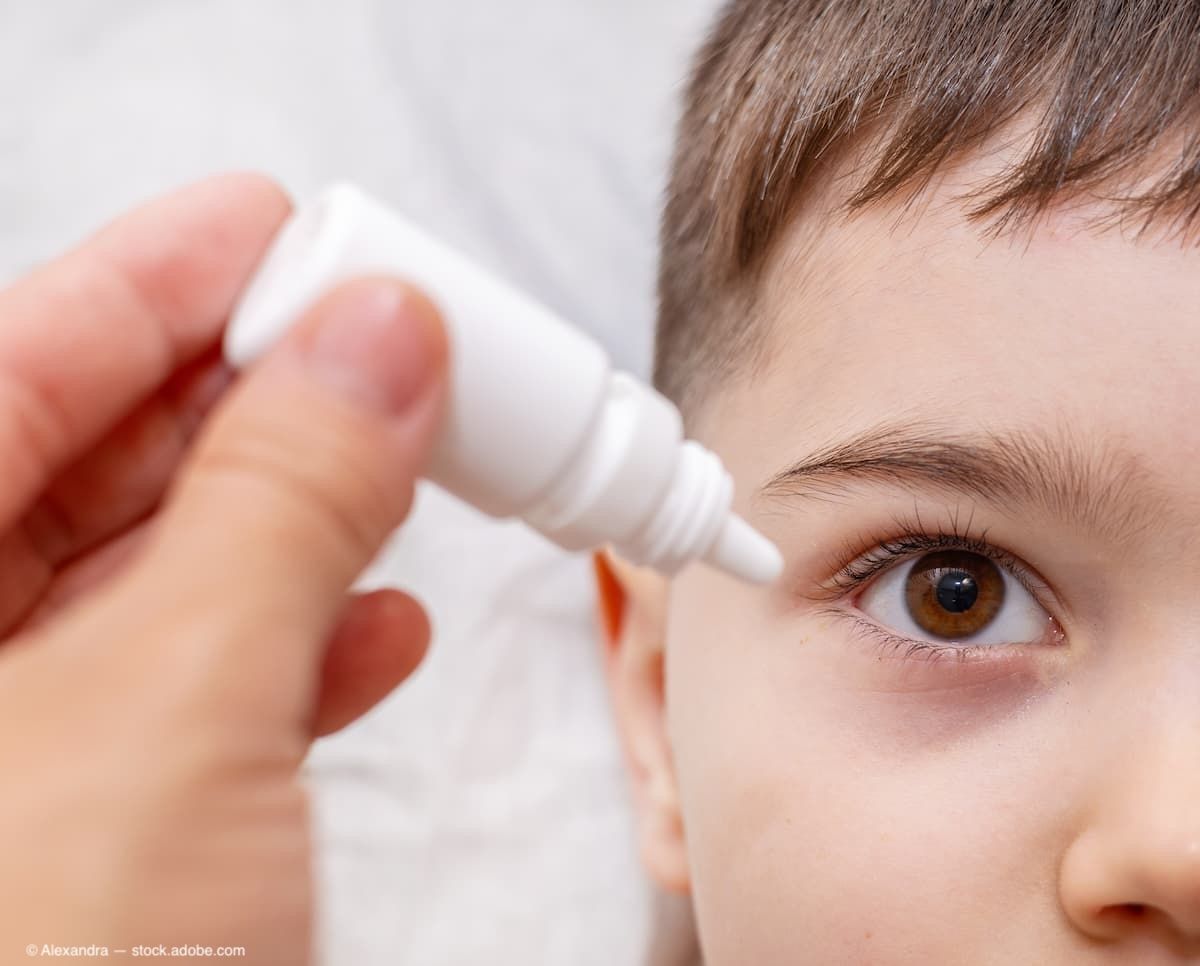Article
Adjustable-focus eyeglasses lauded
Superfocus LLC has received 2011 iF International Forum Design Award in the medical device category. The award recognizes the world?s first adjustable-focus eyeglasses (Superfocus) providing focus at all distances through the entire field of view, according to the honoree.
Los Angeles-Superfocus LLC has received the 2011 iF International Forum Design Award in the medical device category. Since 1953, this award has been recognized as a mark of outstanding design.
The award recognizes the world’s first adjustable-focus eyeglasses (Superfocus) providing focus at all distances through the entire field of view, according to the honoree. Companies from 43 countries submitted 2,756 entries for the design award.
The glasses also received the Wall Street Journal 2010 Innovations Award (Overall Silver Award and medical devices category winner) and the Popular Science 2009 Best of What’s New Award.
“Superfocus eyeglasses were created per the Bauhaus mantra: ‘form follows function,’ ” said Stephen Kurtin, PhD, chief technologist at Superfocus LLC. “[Patients with presbyopia] who embrace [the glasses] will not only uniquely regain the visual versatility of youth, but also will be wearing an internationally acclaimed design.”
The glasses consist of two principal components: the interchangeable front prescription lenses and the “Superframe.” The front lenses are custom-made to correct the user’s distance vision needs. The prescription lenses latch onto the frame and are held in place by a patented system of tiny magnets.
The Superframe, constructed of laser-welded stainless steel and available in two styles, contains the glasses’ focusing mechanism and the focusing lenses. Each focusing “lens” is actually a set of two lenses, one firm and one flexible. The flexible lens, which is the one closer to the eye, has a transparent, distensible membrane attached to a clear, rigid surface. The space between the membrane and rigid surface holds a small quantity of clear optical fluid.
As a wearer moves a slider on the bridge of the nose, the fluid is pushed forward to alter the shape of the membrane, thereby altering the shape of the flexible lens as well. Changing the shape changes its focus, mimicking the performance of the natural lens in the youthful human eye.
Newsletter
Don’t miss out—get Ophthalmology Times updates on the latest clinical advancements and expert interviews, straight to your inbox.




